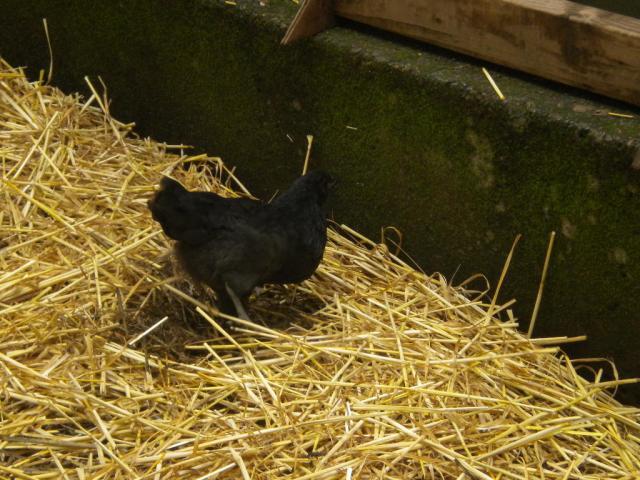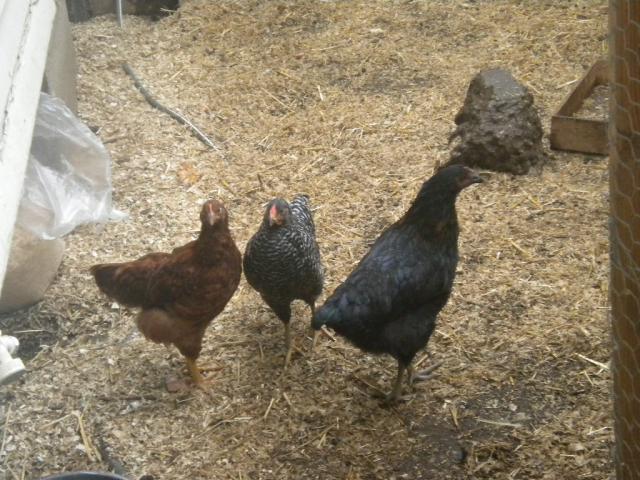Glad to see your followup about meaning straw instead of hay.
There are all sorts of options, more than have been voiced in just this thread.
Straw is basically the stalks of small grains (wheat, oats, barley . . .) Those crops reach maturity and are best harvested at their lowest possible moisture content. Before the combine comes along, stalks and grain heads will be as dry as practicable. That leaves it as a dry and somewhat absorbent bedding. Straw is the last remnant left above ground of a petered-out plant.
Compared to straw, as a bedding material, hay has two drawbacks. It is still grren and growing (read "full of moisture") when it is first cut. The harvesting process is more complex than that of straw. (One doesn't actually harvest straw -- it's what's left over after the grain is harvested.) Once mowed, the hay is left to dry. In the case of legume hay (alfalfa, grass hay with a high clover content), it is often crimped to aid in the drying. It may be tedded (fluffed) as it dries in the warm sun before being raked up for baling. All of which serves to get it down to an optimum moisture level for storage without sacrificing too much in the way of nutrients as the cut hay begins to decay.
Those nutrients are the second factor. Straw comes from a dead plant. Hay is harvested when growing at its prime. That's why folks feed hay instead of straw. The sugars and other nutrients in hay, among the things that make it a valuable feed, are the very things that, when broken out of the bale and reintroduced to the air, will feed and promote the growth of molds and other stuff. It's that factor that makes it a poor choice for bedding.
There are choices to be made. The deep litter method relies on the birds to peck at and stir the bedding, but also on its packing down under the chickens treading over it as well as its own weight. Under the weight of the birds, the coarser grain of the straw will pack down in a short time compared to pine shavings. If you have the time to tend it, tossing (tedding) it every few days, it can make for a nice, fluffy and warmer bedding fro your birds to get down into on a cold day. If you allow it to mat, though, it can reach a tipping point at which it becomes a sodden mess.
I use shavings on the floor of the coop and straw in the nest boxes.






